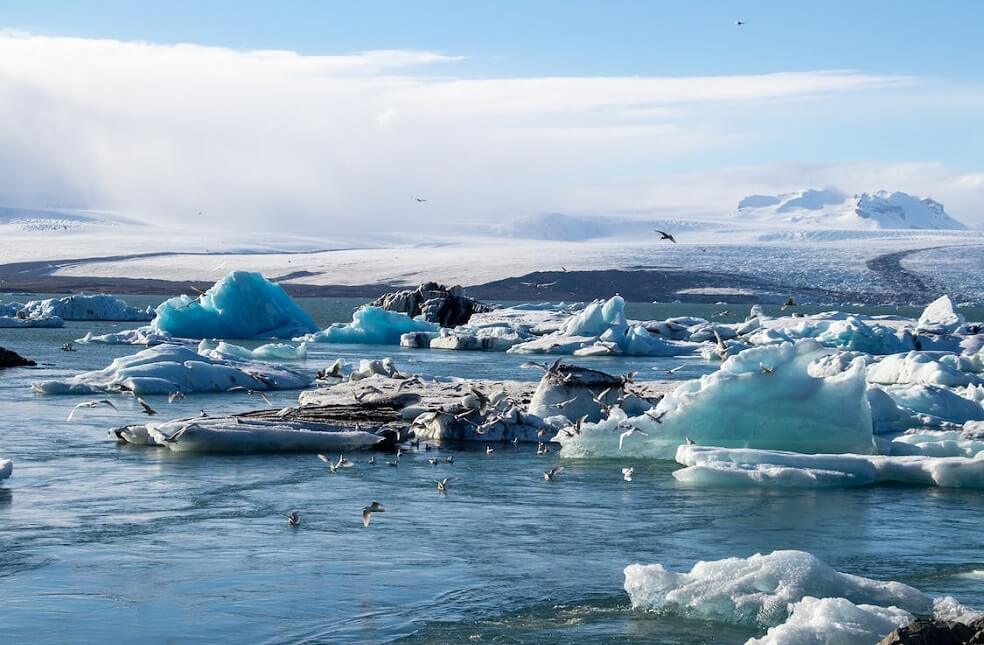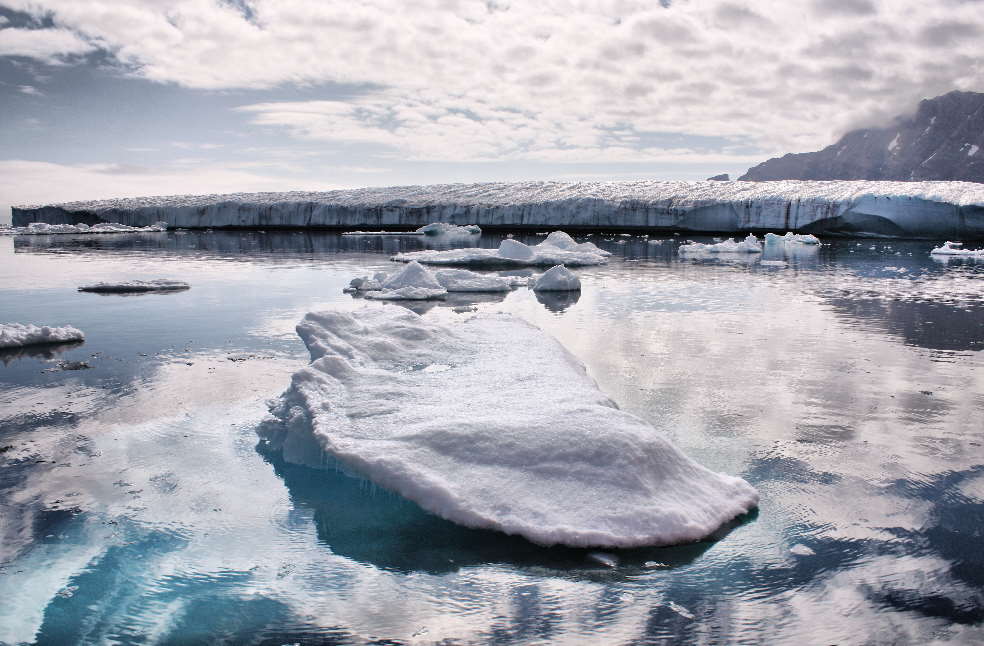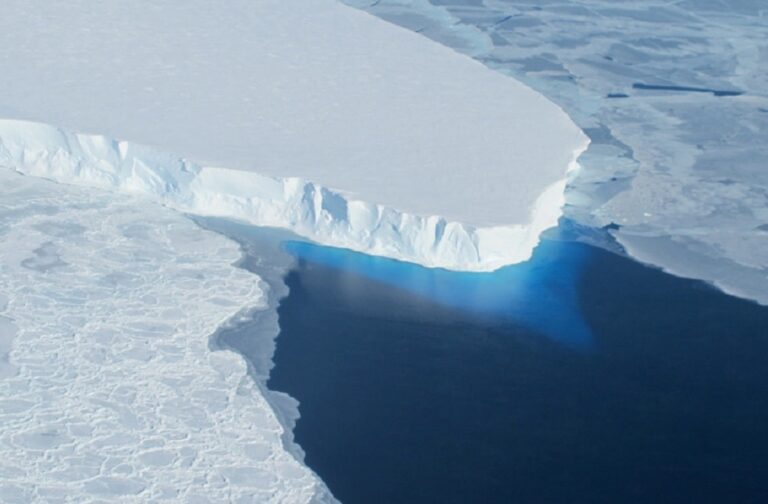Antarctica: A new study has found that antarctic glaciers, including Thwaites, may be more sensitive to changes in sea temperature than previously thought.
The British Antarctic Survey (BAS) and the US Antarctic Program put sensors and an underwater robot beneath the vast Thwaites glacier, also known as Doomsday glacier, to study melting. According to scientists, warm water is seeping into the glacier’s weak spots, threatening its demise and a massive sea rise.
Thwaites, which is roughly the size of Florida, represents more than half a metre (1.6 feet) of global sea level rise potential and could destabilise neighbouring glaciers that could cause a further 3-metre (9.8-foot) rise. Its susceptibility to climate change is a major concern to scientists because if it melted completely, it would raise global sea levels by half a metre.

As part of the International Thwaites Glacier Collaboration, a team of 13 scientists from the United States and the United Kingdom spent about six weeks on the glacier in late 2019 and early 2020. Using an underwater robot vehicle known as Icefin, mooring data, and sensors, they monitored the glacier’s grounding line, where ice slides off the glacier and meets the ocean for the first time.
Mr. Britney Schmidt, a Cornell University-based scientist who led the study, shared that “warm water is getting into the weakest parts of the glacier and making it worse. That is the kind of thing we should all be very concerned about.”

The new research further suggests that even low amounts of melting can potentially push a glacier along the path toward eventual disappearance. The joint survey at Thwaites is part of one of the largest investigations ever undertaken anywhere on the continent.
“It’s good that the melt rate is low, but what matters is how the melt rate changes. To push an ice shelf out of equilibrium, we need to increase the melt rate. So even if the melt rate increases just a small amount, it can still drive rapid retreat,” BAS oceanographer Dr. Pete Davis remarked.



